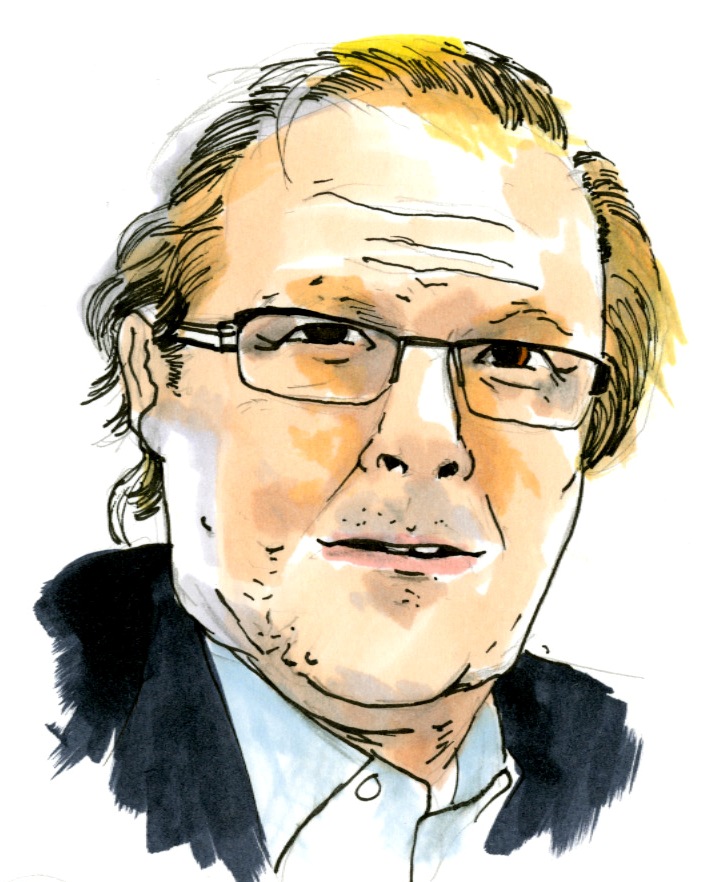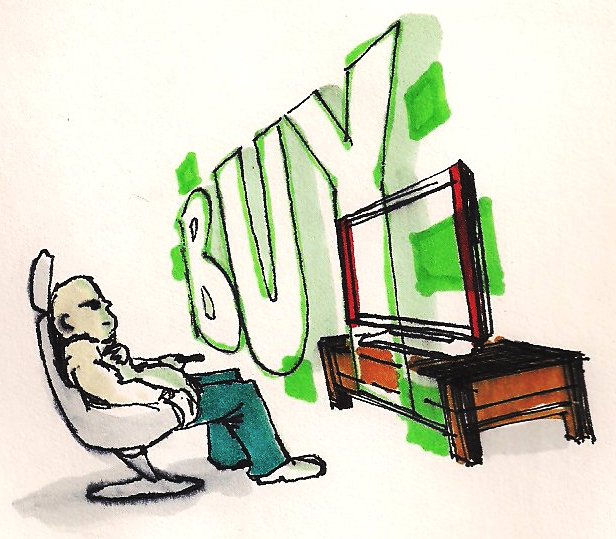Imagine browsing an Internet catalogue for a comfortable chair you want. You find it, and with a click, you buy the blueprints. Beside you and your computer, a machine starts up and begins manufacturing your new purchase.
With 3D printing, such technology may be possible. A 3D printer is essentially a printer that creates three-dimensional objects. Many printers work by layering very thin strips of special materials, building the object layer by layer. It’s a technology that has been growing across businesses and companies around the world at a rapidly increasing rate.
“There are different processes. Each one has its own advantages and limitations. They’re all basically a form of additive manufacturing,” said Eyal Geiger, an engineering manager at 3D Printers Canada.
“The biggest advantage is that you’re able to verify your designs before going to manufacturing so you can foresee any possible issues of the design before it gets to the manufacturing level,” he said.
“This is going to save companies tens of thousands, sometimes hundreds of thousands of dollars and a lot of lost time to get your product to market faster,” said Geiger. “I definitely see the home printers and personal printers getting some improvements, as well.”
With 3D printing becoming more mainstream, the technology is being adapted to different places, like people’s homes, he said.
“There are a lot of printers that are coming to the home users, like personal printers,” he said. However, these home printers don’t have the same performance level as industrial models, according to Geiger.
“Just because they’re decreasing in price doesn’t mean they have the same level of quality. Professional printers still maintain a very high price point. Home printers, personal printers — those ones are definitely very cheap with a lot of limitations.
Still, the fact that they exist in homes means that the technology is spreading, Geiger said.
“It’s great to have that type of technology in the house and it’s a great way to introduce it to the public as something that’s more affordable,” he said.
In the future, Geiger said he predicts better materials and higher usage of 3D printing.
“I see them becoming more and more of a standard in the industry,” Geiger said.






